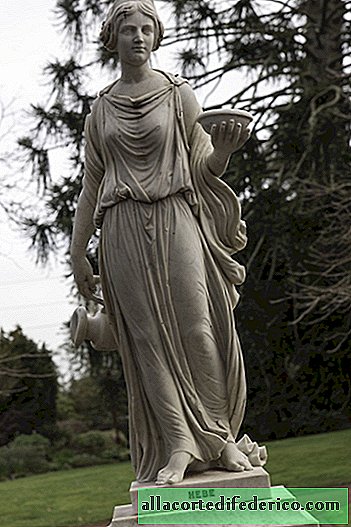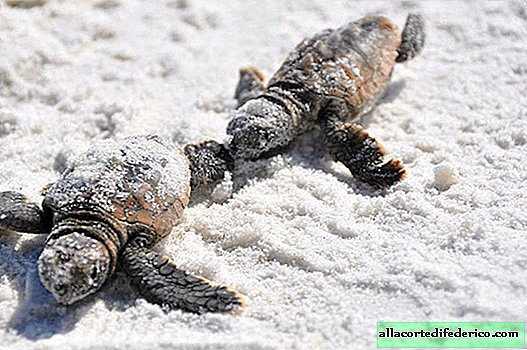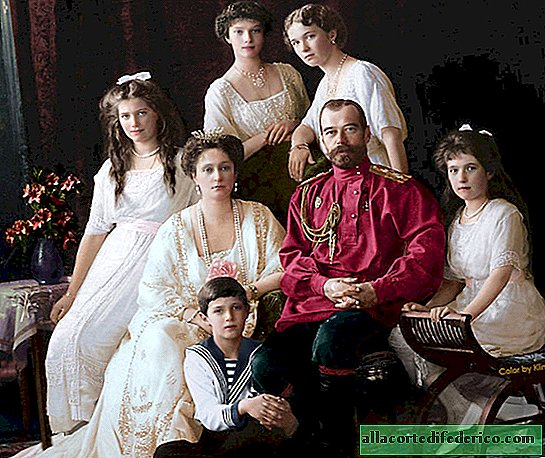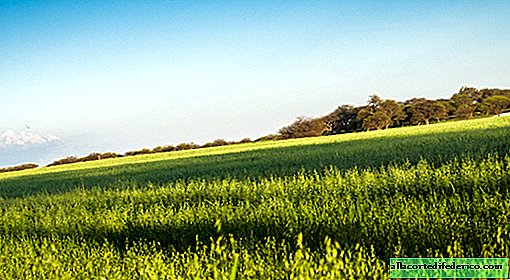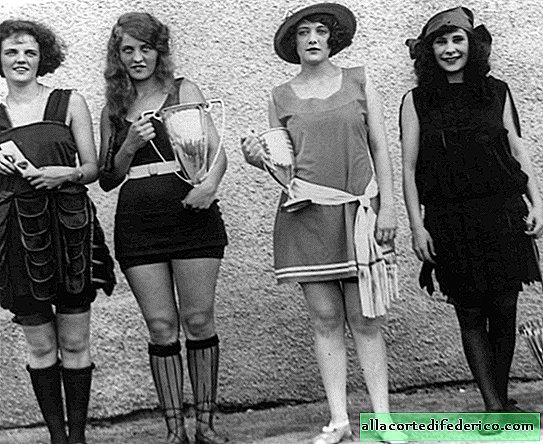Three evidence that human evolution continues
Bacteria reproduce very quickly. This is very bad when it comes to the spread of dangerous diseases, but in the laboratory helps scientists see how evolution works. Put an antibiotic in a Petri dish with bacteria, and after a while the only surviving bacterium will become resistant to the drug and reproduce a whole generation of the same "sisters". This is a natural selection in action, which shows that every living creature on Earth is constantly evolving. True, in most cases this cannot be seen as clearly as in bacteria. Man also continues his evolutionary path from generation to generation. And there is irrefutable evidence of this.
Will the disease be a thing of the past?
For example, a recent genetic study of the DNA of 215,000 people, in which scientists tracked 8 million mutations, showed that older people have fewer “harmful” genes that give them a predisposition to Alzheimer's disease. This is especially interesting, since usually useful mutations are passed on from generation to generation at reproductive age, that is, their goal is for the next generation to be healthier in order to give birth to children. Alzheimer - the disease is senile and does not have evolutionary significance (because people at this age usually no longer give birth). Scientists believe that there is some kind of more subtle connection, which they are trying to solve.

But there are more obvious examples of the fight against diseases at the genetic level: there are fewer genes that are responsible for predisposition to asthma, high cholesterol, overweight and coronary artery disease. Evolution is constant, but proceeds slowly. A person may not notice how it is getting better, but after many, many generations, his descendants will thank him for this.
Drink, kids, milk
One such relatively distant example where evolution has made humans a little better is the ability to drink milk. In theory, children should drink milk, and in adults, lactose is not absorbed. However, several thousand years ago, the assimilation of milk at any age has helped whole nations survive: thanks to their nutritional value and accessibility, milk and dairy products still form an important part of our diet.

Some evidence suggests that Europeans produced cheese for approximately 4,000 years before any of them could properly digest lactose. Some lucky ones managed to acquire a mutation in the lactase gene, which allowed it to remain on even after infancy, and therefore people were more able to rely on dairy products at a later age. Such lucky people, as a rule, earned a better living and had many children, as well as offspring who had the same mutation, and therefore the genetic change spread.
Cherche la femme
A more modern example of evolution is growth. Take Holland. Its inhabitants are very high, as in other states of Scandinavia. In general, the inhabitants of almost every country grow more intensively over time, because nutrition is becoming much better. But the Dutch distinguished themselves here: the average Dutchman is 182 cm tall, which is 20 cm higher than their average height 200 years ago. Cause? As the saying goes, Shersha la Fam: tall men left more of their genes because Dutch women liked them more.

Someday we will be able to look back and also clearly see evolutionary changes that are only just beginning to take shape at the genetic level. The only thing that is constant in nature is change. Genes always mutate, and some of these mutations will certainly be useful. So each generation is slightly better than the previous one. It is hopeful, isn't it?


